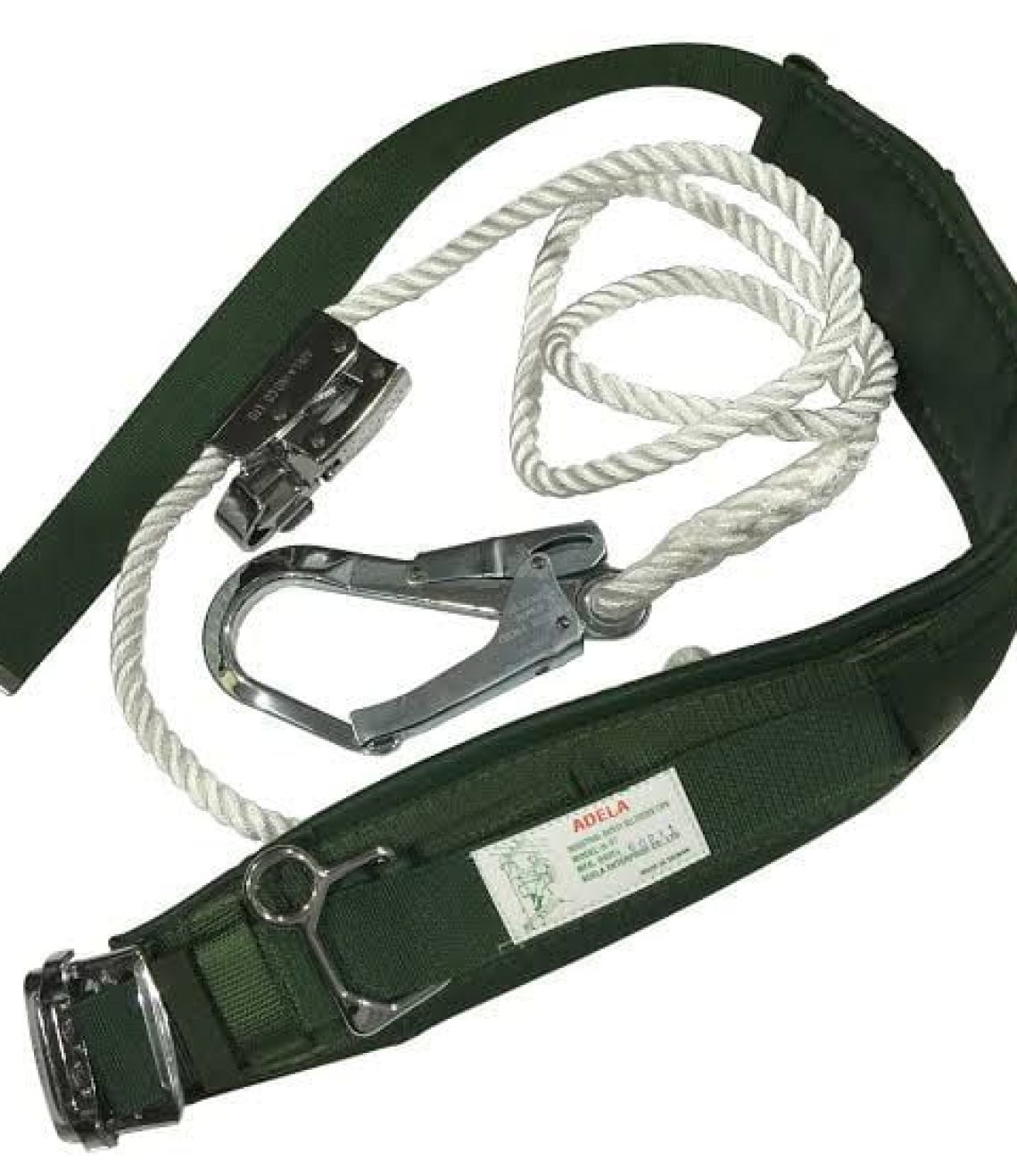Express Deliveries country wide.
safety belts

This safety belt, also known as a seat belt or a seatbelt, is a vital safety device designed to restrain and protect occupants in vehicles during sudden stops, collisions, or accidents. It works by securing the wearer to their seat, minimizing the risk of injury by preventing them from being thrown forward or out of the vehicle.
Quantity:
Continue Shopping
Category: safety belt
Description
A safety belt, also known as a seat belt or a seatbelt, is a vital safety device designed to restrain and protect occupants in vehicles during sudden stops, collisions, or accidents. It works by securing the wearer to their seat, minimizing the risk of injury by preventing them from being thrown forward or out of the vehicle. Here is a description of a typical safety belt:
Webbing Material: The main component of a safety belt is a strong and durable webbing material. It is typically made of polyester or nylon and is designed to withstand significant forces and tension.
Buckle: The safety belt buckle is the mechanism that fastens and secures the belt around the wearer. It consists of a metal or plastic tongue that fits into a corresponding latch or receiver. When properly fastened, the buckle keeps the belt securely in place.
Retractor Mechanism: Most modern safety belts feature a retractor mechanism that allows the belt to be adjusted and automatically retracted when not in use. The retractor uses a spring-loaded mechanism that locks the webbing in place during sudden stops or impacts.
Lap Belt: The lap belt is the portion of the safety belt that goes across the wearer’s lap or hips. It is typically a single strap that secures the lower body and prevents the occupant from sliding forward.
Shoulder Belt: The shoulder belt, also known as the diagonal belt, is the part of the safety belt that extends from the lap belt over the shoulder and across the chest. It provides additional upper body restraint and helps to distribute the forces of a collision over a larger area.
Adjusters: Safety belts often have adjustable features to accommodate different body sizes and provide a comfortable fit. These adjusters allow the wearer to customize the length of the lap and shoulder belts for optimal positioning and tension.
Pre-Tensioners and Load Limiters: Some advanced safety belts may include pre-tensioners and load limiters. Pre-tensioners automatically tighten the belt during a collision, reducing slack and bringing the occupant firmly into their seat. Load limiters, on the other hand, release a controlled amount of webbing when significant force is exerted on the belt, reducing the risk of injury from excessive belt tension.
Warning System: Many vehicles are equipped with a warning system, such as an audible and visual reminder, to encourage occupants to wear their safety belts. These reminders serve as a safety precaution to ensure that all occupants are properly secured.
Safety belts are crucial for occupant safety and are required by law in many countries. Wearing a safety belt significantly reduces the risk of injury and ejection from the vehicle during accidents or sudden stops. It is important to use safety belts correctly, ensuring they are properly fastened, and encouraging all passengers to buckle up before starting a journey.
